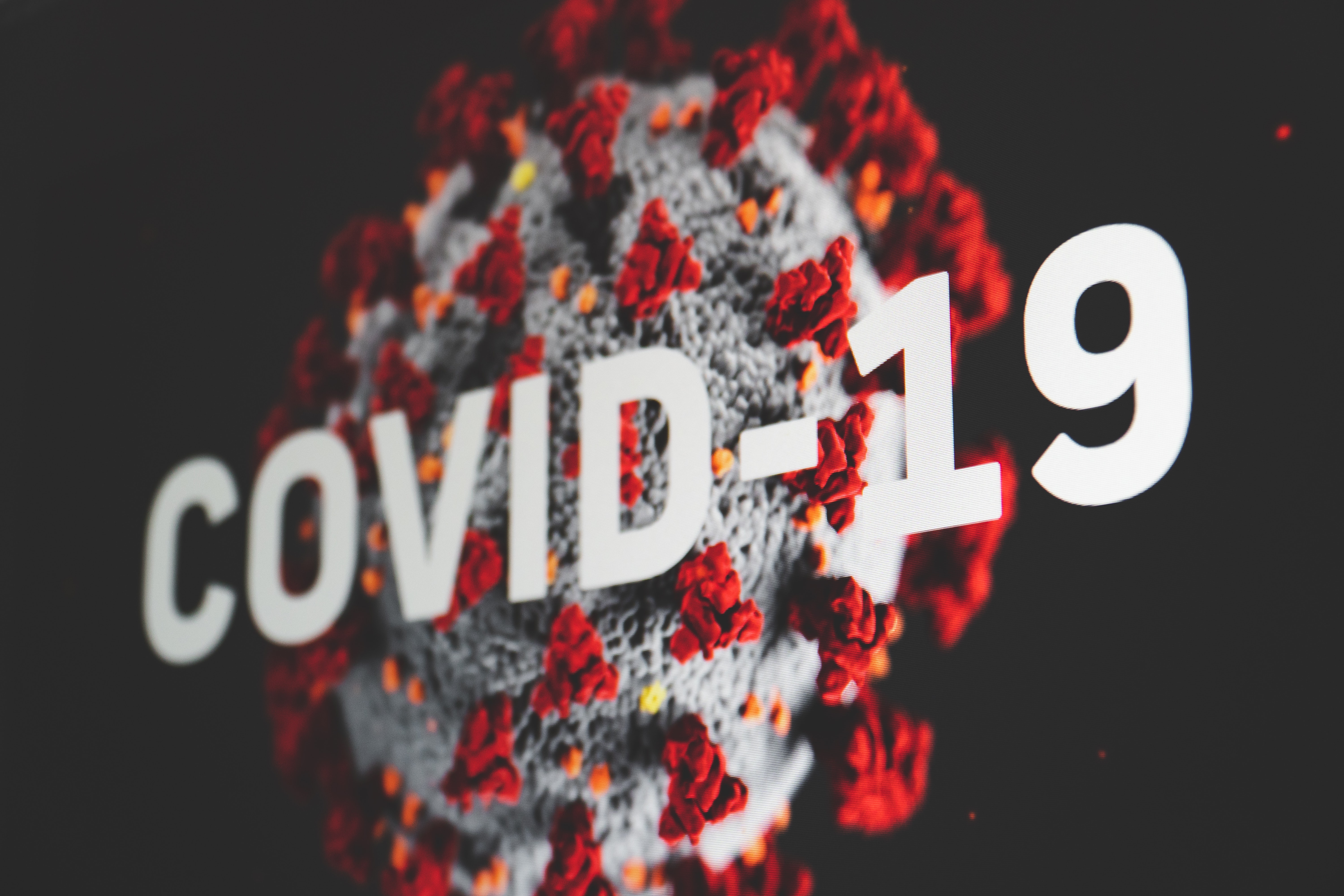Originally posted on March 19, Updated on July 21, 2020, with new resources.
As of now, virus causing COVID-19 is spreading fast in many regions of the world with growing death toll of 3400+ in Italy, which is already higher than that of China. The total number of deaths in Canada is much lower (12 as of March 19, 2020), but the situation can quickly change and people are panicking. Many people, including myself, are transitioning to working from home, and this is probably a good time to gather information and learn about what we know, do not know, and can do as an individual today, instead of feeling hopeless and fearful.
This post is by no means comprehensive, but I cited and added useful resources in text and at the end for more information.
What we know
- Social distancing and self-isolation works
- We can learn from how new cases increased in different countries and simulation of how social distancing works
- Older people and those who with pre-existing medical conditions (diabetes, cardiovascular disease, etc.) are at higher risk
- Based on early reports from China, death rate is much higher for people older than 60
- There are some reports on younger people getting seriously ill
- Among people hospitalized in the US, around 40% of patients required hospitalization were between the ages of 20 and 54
- Human coronaviruses can survive up to 9 days on inanimate surfaces, such as metal, plastic and glass [1]
- This is based on 22 previous studies about related viruses (e.g. causative agents of SARS, MERS) but likely applicable to the one causing COVID-19
- Viruses can be effectively inactivated by surface disinfection using one of solutions below within 1 minute;
- 62-71% ethanol
- 0.5% hydrogen peroxide
- 0.1% sodium hypochlorite (bleach)
What we don’t know yet (but researchers are actively working on it)
- Why some cases of infection are more serious than others
- In some cases, cytokine storm syndrome happens, more commonly in elderly and sick but also in young patients
- This is when your immune system goes crazy and starts attacking your own body
- It can lead to unremitting high fever, pneumonia, extreme fatigue, and death [2]
- The death rate is higher in men (2.8 %) than in women (1.7 %)
- This can be because the gene encoding the receptor (ACE-2 receptor) that the virus binds to is located on the X chromosome. Women have two X chromosomes and can compensate for the bad variant, while men have only one.
- There may be hormonal differences playing a role as studied in SARS-causing virus [3]
- In some cases, cytokine storm syndrome happens, more commonly in elderly and sick but also in young patients
- How our immune system responds to the virus
- Knowing this is important for the vaccine development
- Researchers in California identified promissing targets for immune recognition of the virus, using public data and bioinformatics tools [4]
What we can do
- Support each other (e.g. Share your toilet paper!)
- Social distancing and staying at home alone can be isolating but doesn’t have to be. Everyone is worried about job security, shortage of food, and social support. You are not alone in this. Connect with friends and family over a phone or online. Go for a walk in nature with close friends.
- Learn from the World Happiness Report - Finland has been ranked as the happiest country in the world three years in a row! The ranking measures how satisfied people are with their lives. According to the report, the Finns trust and care about each other, which translate to a better life.
- Share knowledge: My colleague generously shared his resources to learn Python with me before our lab closure. This is a good time to share skills and knowledge with your peers to prepare together for grim-looking future of economy.

- Stay away from crowd as much as possible
- Work from home as much as you can. Avoid peak hours when going for a grocery shopping.
- Wash your hands often and well with soap
- Practice healthy habits (e.g. exercise, eating healthy)
- Vancouver-based personalized health company, Molecular You, will be posting science-based tips on how to stay healthy in their blog posts over next few days. Check them out!
Concluding remarks
I would like to finish with the quote from Alberta’s chief medical officer of health, Dr. Deena Hinshaw (March 19, 2020):
Yes, many people who get it have no more than mild cold or a few days of fever, but if they spread it to others, that chain of transimission can cause deaths, ICU admissions, hospitalizations. So we are all in this together and this virus should not be taken lightly.
Resources
Here are some up-to-date resources, some of which were used to write this blog.
-
Free Printable Posters and Signs for COVID-19 prevention for small businesses & organization
-
Coursera course: “Science Matters: Let’s Talk About COVID-19” offered by Imperial College London (Approx. 14 hours to complete)
-
Blog post on how the cases increase and why the social distancing is so important: “Coronavirus: Why You Must Act Now”
-
Podcast: Science VS (frequently updated with many interviews with scientists and front-line health workers)
-
Podcast: [Quirks & Quarks] - Canadian award-winning show with Bob McDonald, great podcast with a wide range of scientific topics, which often features Canadian scientists. Episodes that cover COVID topics include unique angles of the situation such as how COVID affected lives of scientists.
References & Photo credits:
[1] Kampf, G. et al. Persistence of coronaviruses on inanimate surfaces and their inactivation with biocidal agents. Journal of Hospital Infection, Volume 104, Issue 3 (2020): 246-251.
[2] Metha, P. et al. COVID-19: consider cytokine storm syndromes and immunosuppression. The Lancet, (2020) doi:https://doi.org/10.1016/S0140-6736(20)30628-0
[3] Channappanavar, Rudragouda et al. Sex-Based Differences in Susceptibility to Severe Acute Respiratory Syndrome Coronavirus Infection. Journal of immunology (Baltimore, Md. : 1950) vol. 198,10 (2017): 4046-4053.
[4] Grifoni, A. et al. A Sequence Homology and Bioinformatic Approach Can Predict Candidate Targets for Immune Responses to SARS-CoV-2. Cell Host & Microbe, In Press, (2020)
